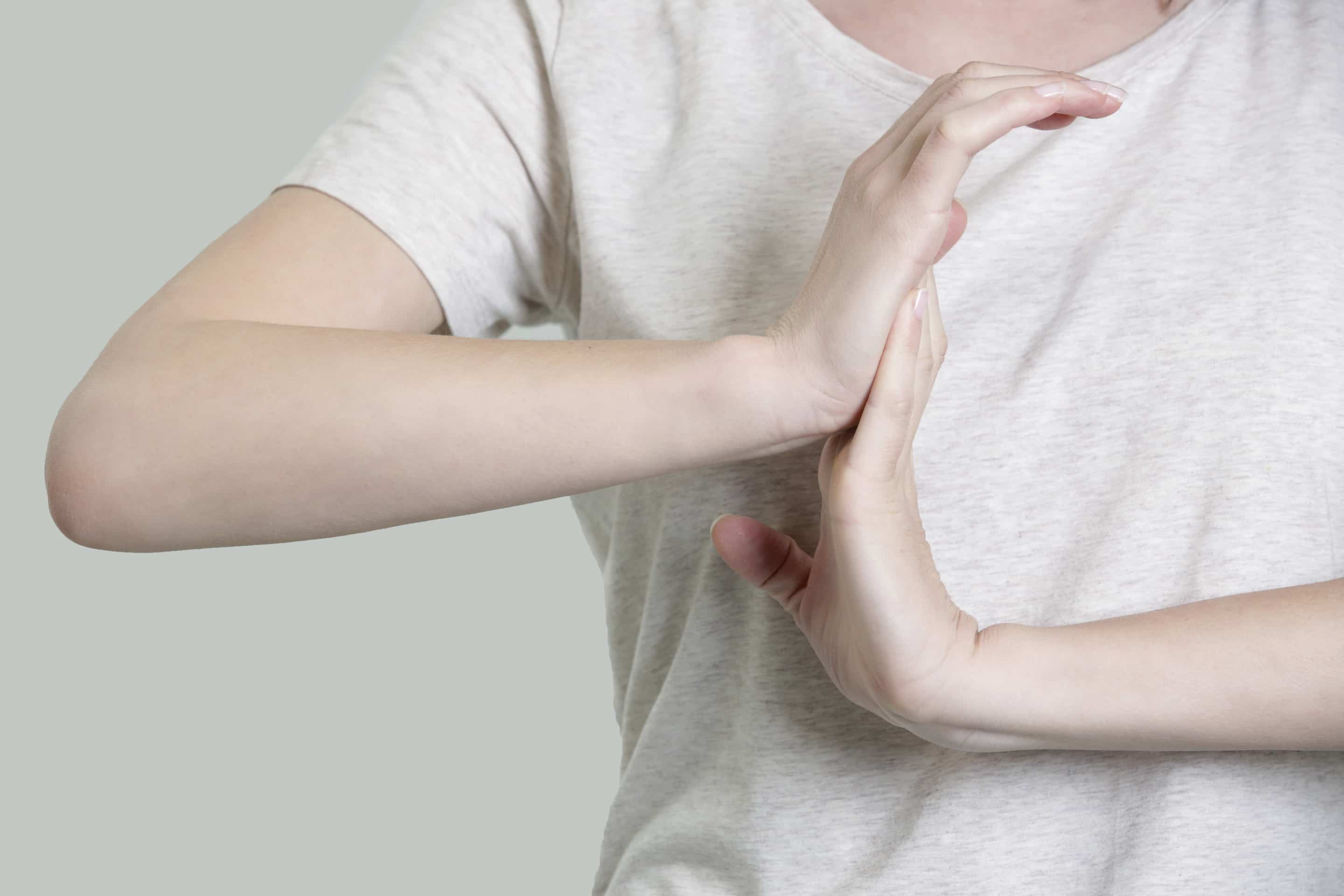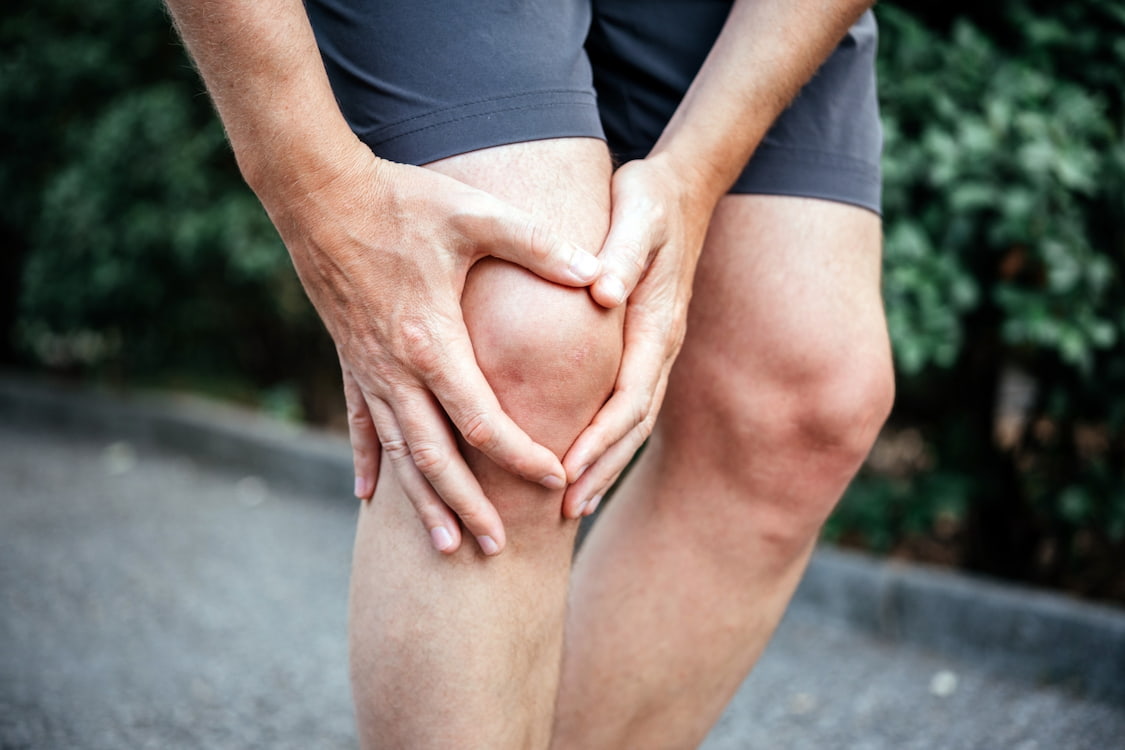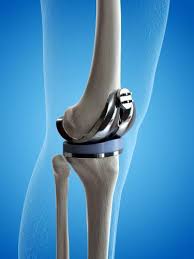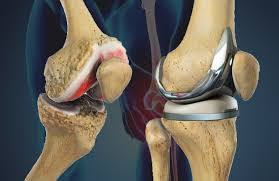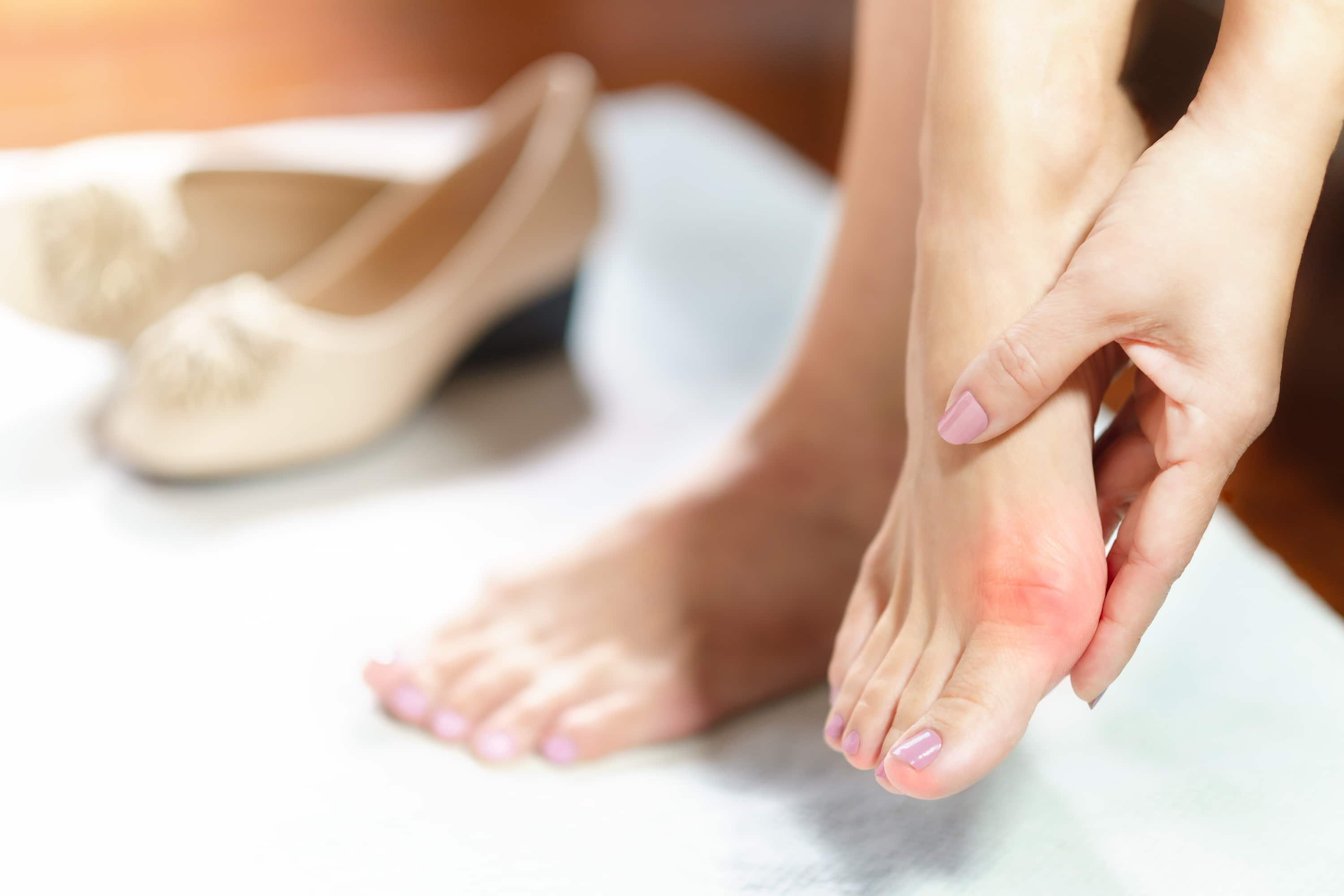
Tips and Tricks for Avoiding Bunion Formation
Bunions are a common foot problem that can cause discomfort and pain. If left untreated, they can also lead to more serious issues like arthritis and difficulty walking. The good news is that there are ways to prevent bunions from forming in the first place. In this article, we’ll go over some tips and tricks for avoiding bunion formation.
What Are Bunions?
Bunions are a common foot condition that affects millions of people around the world. They are characterized by a bony bump that develops on the joint at the base of the big toe and can cause pain, swelling, and redness. While bunions can be uncomfortable, they are not usually a serious medical condition, and can often be managed with simple treatments.
Bunions develop when the bones in the foot become misaligned, causing the joint at the base of the big toe to protrude outward. This can be caused by several factors, including genetics, wearing tight or narrow shoes, and foot injuries. People who have a family history of bunions or other foot conditions may be more prone to developing them, as may those with flat feet or high arches.
Symptoms of bunions can include pain, swelling, and redness around the affected joint, as well as difficulty moving the big toe. Bunions can also cause corns or calluses to develop on the foot and may make it difficult to wear certain types of shoes. While bunions are not usually a serious medical condition, they can cause discomfort and may require treatment to manage symptoms and prevent complications. Treatment options for bunions can include wearing comfortable shoes that provide ample room for the toes, using custom orthotics or shoe inserts, taking over-the-counter pain relievers, and doing exercises and stretches to strengthen the foot muscles. In some cases, surgery may be necessary to correct severe bunions that are causing significant pain or mobility issues.
How to Get Rid of Bunions?
Bunions are a common foot condition that can cause discomfort and pain. While they can be managed with simple treatments, some people may wish to explore more aggressive options for getting rid of their bunions. If you’re looking to get rid of bunions, there are several strategies you can try, ranging from conservative treatments to surgery.
One of the most effective ways to get rid of bunions is to wear shoes that fit properly and provide ample room for the toes. Tight, narrow shoes can exacerbate bunions and make them more painful, so it’s important to choose footwear that is comfortable and supportive. Additionally, using custom orthotics or shoe inserts can help redistribute pressure on the foot, which may help alleviate bunion symptoms.
Another way to get rid of bunions is to use non-surgical treatments like icing, stretching, and over-the-counter pain relievers. Applying ice to the affected area can help reduce inflammation and relieve pain, while stretching exercises can help strengthen the foot muscles and improve flexibility. Over-the-counter pain relievers like ibuprofen or acetaminophen can also help manage bunion pain and discomfort. However, it’s important to consult with a healthcare professional before taking any medication to ensure it’s safe for you to use.
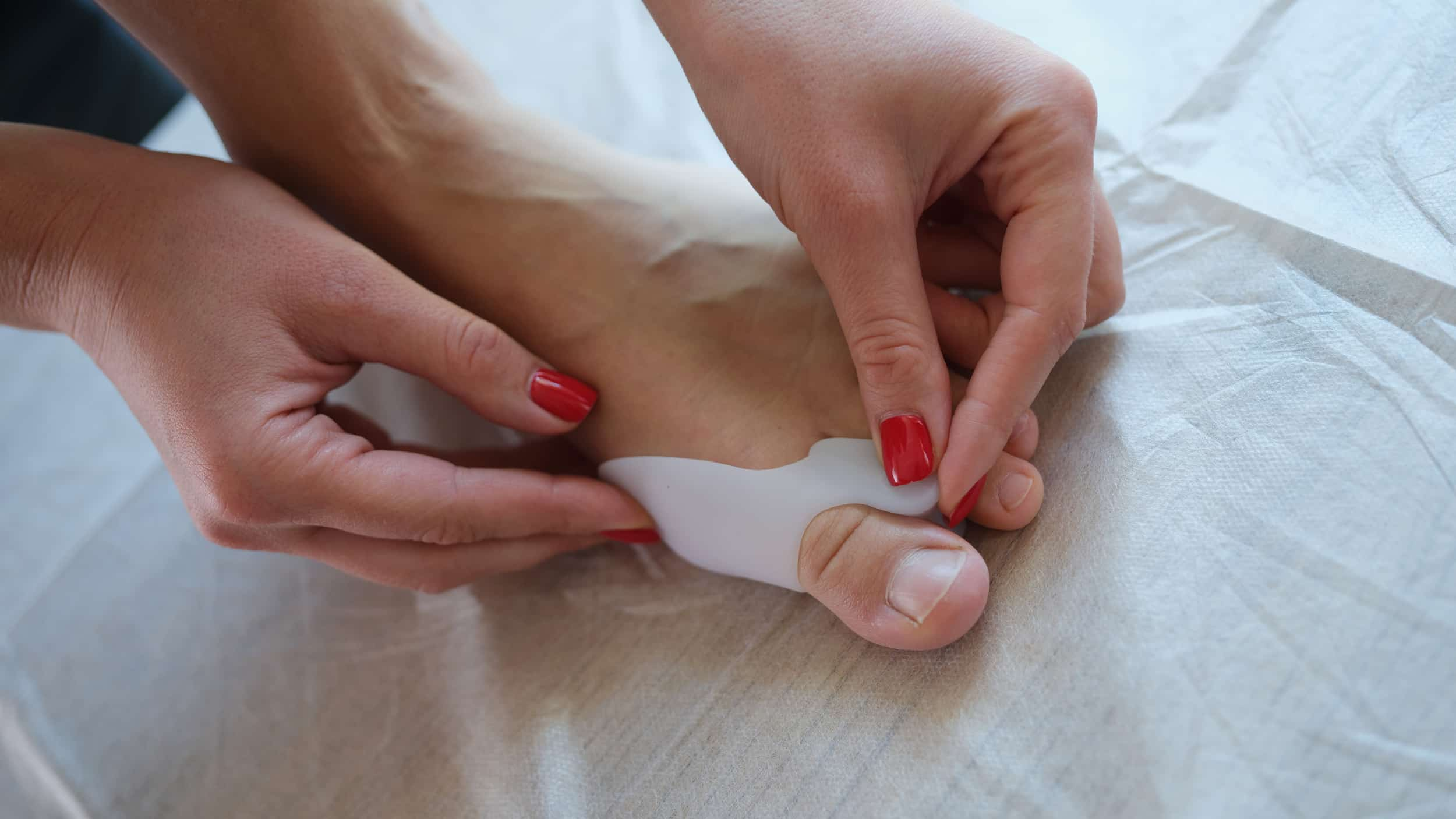
Prevention Tips for Bunions
Now, let’s move on to some tips and tricks for preventing bunions from forming in the first place. By following these strategies, you can reduce your risk of developing bunions and maintain healthy, pain-free feet.
Choose the right footwear: One of the most important things you can do to prevent bunions is to choose the right footwear. Avoid shoes that are too tight or narrow in the toe box, as this can put pressure on your toes and cause them to shift out of place. Instead, opt for shoes with a wide toe box that allows your toes to move freely. Look for shoes with a low heel, as high heels can also contribute to bunion formation.
Use shoe inserts or orthotics: If you have flat feet or high arches, you may be more prone to developing bunions. In this case, using shoe inserts or custom orthotics can help support your feet and prevent them from shifting out of alignment. Orthotics can also help distribute pressure more evenly across your foot, reducing the likelihood of bunion formation.
Maintain a healthy weight: Being overweight or obese can put extra pressure on your feet, leading to an increased risk of bunions. By maintaining a healthy weight through regular exercise and a balanced diet, you can reduce the strain on your feet and lower your risk of developing bunions.
Stretch and strengthen your feet: Regularly stretching and strengthening your feet can help improve flexibility and prevent bunions from forming. Some exercises you can try include toe curls, toe stretches, and foot rolls. You can also use a tennis ball or foam roller to massage your feet and release tension.
Pay attention to your feet: Finally, it’s important to pay attention to your feet and address any issues as soon as they arise. If you notice any pain or discomfort in your feet, make an appointment with a podiatrist to get a proper diagnosis and treatment plan. By catching foot problems early, you can prevent them from developing into more serious issues like bunions.
The Study of Bunions
A recent study published in the Journal of Orthopedic Research examined the effectiveness of various preventive measures for bunions. The study found that individuals who regularly performed foot-strengthening exercises and wore shoes with a wider toe box were significantly less likely to develop bunions compared to those who did not. This research highlights the importance of these strategies in reducing the risk of bunion formation.
Conclusion
Bunions can be a painful and uncomfortable foot problem, but they can also be prevented with some simple strategies. By choosing the right footwear, using shoe inserts or orthotics, maintaining a healthy weight, stretching and strengthening your feet, and paying attention to your foot health, you can reduce your risk of developing bunions and enjoy healthy, pain-free feet. If you do develop bunions, it’s important to seek treatment and take steps to manage your symptoms. With the right care, you can manage your bunions and prevent them from causing long-term damage to your feet.
It’s worth noting that if you have a family history of bunions, you may be more prone to developing them. In this case, it’s especially important to take preventative measures to reduce your risk.
In addition to the strategies we’ve discussed, some alternative treatments may help alleviate bunion pain and inflammation. These include acupuncture, massage therapy, and chiropractic adjustments. While these treatments haven’t been extensively studied in the context of bunions, some people have reported finding relief from their symptoms through alternative therapies.
